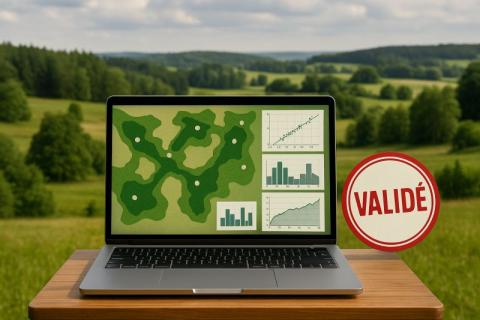Are you wondering about the relevance of ecological modelling techniques? You are quite right to do so.
The use of these tools is becoming increasingly widespread, not only in research, but also as a decision-making aid in the field for all those involved in land use planning and biodiversity conservation.
The problem is that in most cases, their reliability is never assessed.
Between 2006 and 2023, for example, only 2.5% of scientific studies on ecological connectivity models incorporated field data to validate the modelling results. This is the conclusion of research conducted by American researchers and published last year: https://link.springer.com/article/10.1007/s40823-024-00102-8
Can you see where we're going with this? At TerrOïko, we try to be among the best in class. For many years now, we have chosen to devote time to testing the relevance of our tools, in particular Simoïko, our species life simulation software.
This is a job in itself, which first requires the development of robust validation methods. As a sign that we are heading in the right direction, we have been invited to present one of our methods next week in Japan, as part of the ISEM (International Society for Ecological Modelling) global conference.
Without going into too much technical detail, this method aims to evaluate the results produced by SimOïko by comparing them with genetic data collected in the field.
SimOïko is a tool that models both the demographic dynamics of animal populations and the movements of individuals in dispersal.
The input consists of available scientific knowledge on the species studied (reproduction, survival, movement preferences, etc.) and on the composition of the landscape in which these species live (i.e. the distribution of different types of natural environments).
The output consists of several metrics, some of which describe the genetic heritage of the simulated individuals. Over generations, genetic differences may appear between individuals of the same species, depending on the movements they have made or the isolation they have been subjected to.
We then analyse how this genetic variability is structured within the study area and finally examine whether the results obtained by simulation are consistent with the genetic data collected in the field.
Now imagine testing several modelling scenarios with different settings and comparing the results with reality in the field each time. It then becomes possible to identify the most realistic simulation methods for the species in question. This ensures that the best possible results are obtained
